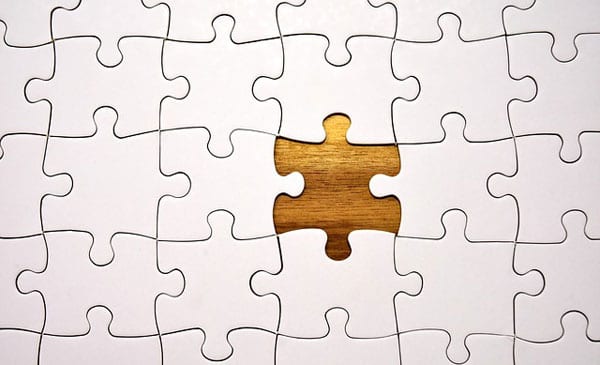
October 17, 2018; The Conversation
Are we making progress on the global commitment to dramatically reduce the number of people living in poverty? Last month, the World Bank released its annual tracking report, titled “Piecing Together the Poverty Puzzle.” Whether or not progress is being made depends on how one views the data and what is meant by “poverty.” The Wall Street Journal’s headline about this report read, “World Poverty Falls Below 750 Million. Population living in extreme conditions has declined by more than 1 billion in last 25 years.” Looking at the same report, the Guardian headlined its piece, “World Bank reports slower progress on extreme poverty.” NPR’s Marketplace thought the report’s most important message was, “World Bank report says more live in poverty than previously thought.”
Solving the puzzle means going deeper into the data and recognizing that extreme poverty continues to be a serious problem and that governmental and private efforts to drastically reduce it are not keeping pace with changes in the global economic structure: “Poverty is on the rise in several countries in Sub-Saharan Africa, as well as in fragile and conflict-affected states. In many countries, the bottom 40 percent of the population is getting left behind; in some countries, the living standard of the poorest 40 percent is actually declining.”
The World Bank, as noted by the Conversation, recognizes that its definition of extreme poverty does not reflect the real cost of living, particularly in countries where the overall standard of living has improved. “Accordingly, the World Bank proposes new and higher poverty lines—USD$3.20 and USD$5.50 a day, respectively. According to the report, almost half the world’s population lives below the USD $5.50 a day poverty line.”
Despite impressive rates of economic growth in many countries, the number of poor families remains unchanged. While national wealth has increased in many parts of the world, growing resources are not being shared equally across the population.
Sign up for our free newsletters
Subscribe to NPQ's newsletters to have our top stories delivered directly to your inbox.
By signing up, you agree to our privacy policy and terms of use, and to receive messages from NPQ and our partners.
The economic growth that has lifted countries from low-income status to middle-income status is profoundly unequally distributed. As a result, large parts of the populations in these countries are excluded from the benefits that accrue from this growth….Whether we use monetary estimates…or estimates of multidimensional poverty; that is, poverty measured according to health indicators, education levels, and economic standards of living—as many as 70 percent of the world’s poor currently live in what the World Bank refers to as middle-income countries….The economic growth that has lifted countries from low-income status to middle-income status is profoundly unequally distributed. As a result, large parts of the populations in these countries are excluded from the benefits that accrue from this growth.
From the Conversation’s perspective, one major cause of this continued inequality is the way an increasingly global economy arises from the “kind of employment opportunities that are created when…countries are embedded in global value chains.”
The factory jobs that are established when transnational corporations set up shop in countries like Mexico or Vietnam are fundamentally precarious. And it is precarious workers who capture the least of the value that is created in global production networks. Therefore, precarious workers live in poverty in middle-income countries in the global South.”
The World Bank also reminds us that poverty is not just a financial measurement, it includes a broader sense of societal supports which effect both current conditions and future prospects: “Even if minimum physical needs are met, people cannot be said to lead flourishing lives if they are not able to conduct themselves with dignity in the society in which they live…poverty encompasses a shortfall in income and consumption, but also low educational achievement, poor health and nutritional outcomes, lack of access to basic services, and a hazardous living environment.”
The World Bank’s data, when fully understood, confronts us with very difficult policy challenges, both at organizational and governmental levels. Is it enough for the philanthropic sector to, as Bill Gates recently said as he spoke about his foundation’s efforts in Africa, “invest in the human capital—the health, nutrition, education, agricultural productivity, access to reproductive health tools, so that the youthful population…becomes an asset rather than a burden”? From the governmental perspective, is it enough, as Nigerian Vice President Yemi Osinbajo recently said, to “act with urgency to build an economy that can support that population, provide jobs and economic opportunity, education and health care, hope and optimism”? Or will we need to commit to share the world’s growing wealth more equitably?—Martin Levine













